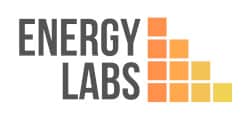Retrofitting an existing building with a heat recovery ventilation system can be a cost-effective solution to improve indoor air quality and reduce energy costs. Decentralized systems, in particular, are well suited for retrofit projects because they do not require extensive ductwork, which can be a major expense in a retrofit project.
Decentralized systems work by extracting stale air from the building and supplying fresh air into the room, while recovering as much thermal energy as possible during the process. These systems are designed to be easy to install, with in-wall units that can be placed in individual rooms. This eliminates the need for extensive ductwork, which can be a major expense in a retrofit project.
Decentralized systems also recover thermal energy from the stale air that is being exhausted from the building. This can help to keep the temperature inside the building more consistent and reduce the need for heating and cooling. This not only leads to energy savings but also helps to reduce the potential for mold growth.
Another benefit of decentralized systems is that they are low maintenance. Unlike centralized systems, they don’t require ductwork, which reduces the need for regular cleaning and inspection. This can save homeowners money on maintenance costs.
In conclusion, decentralized heat recovery ventilation systems are a cost-effective solution for retrofit projects. They provide a constant supply of fresh air throughout the building, recover thermal energy, and are low maintenance. These systems are a great investment for homeowners looking to improve indoor air quality, reduce the potential for mold growth and keep their homes in good condition.
